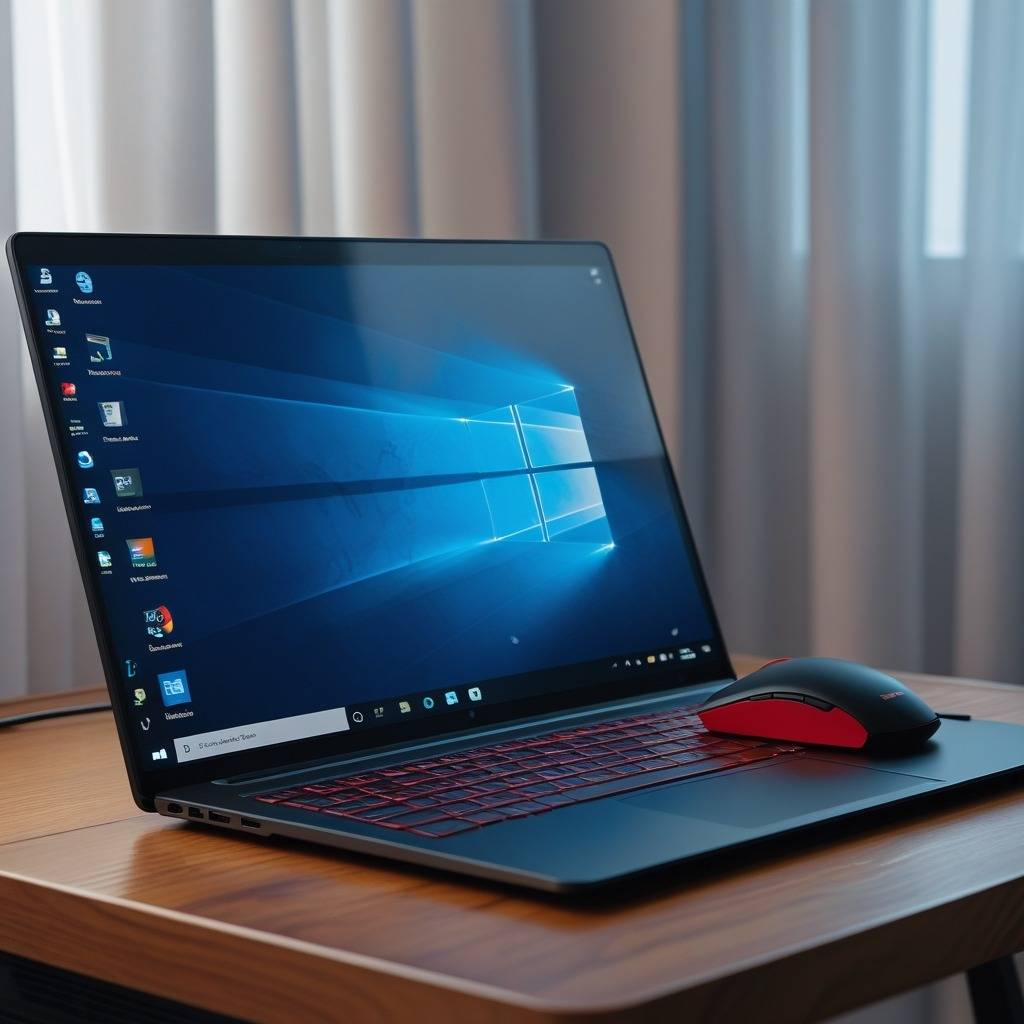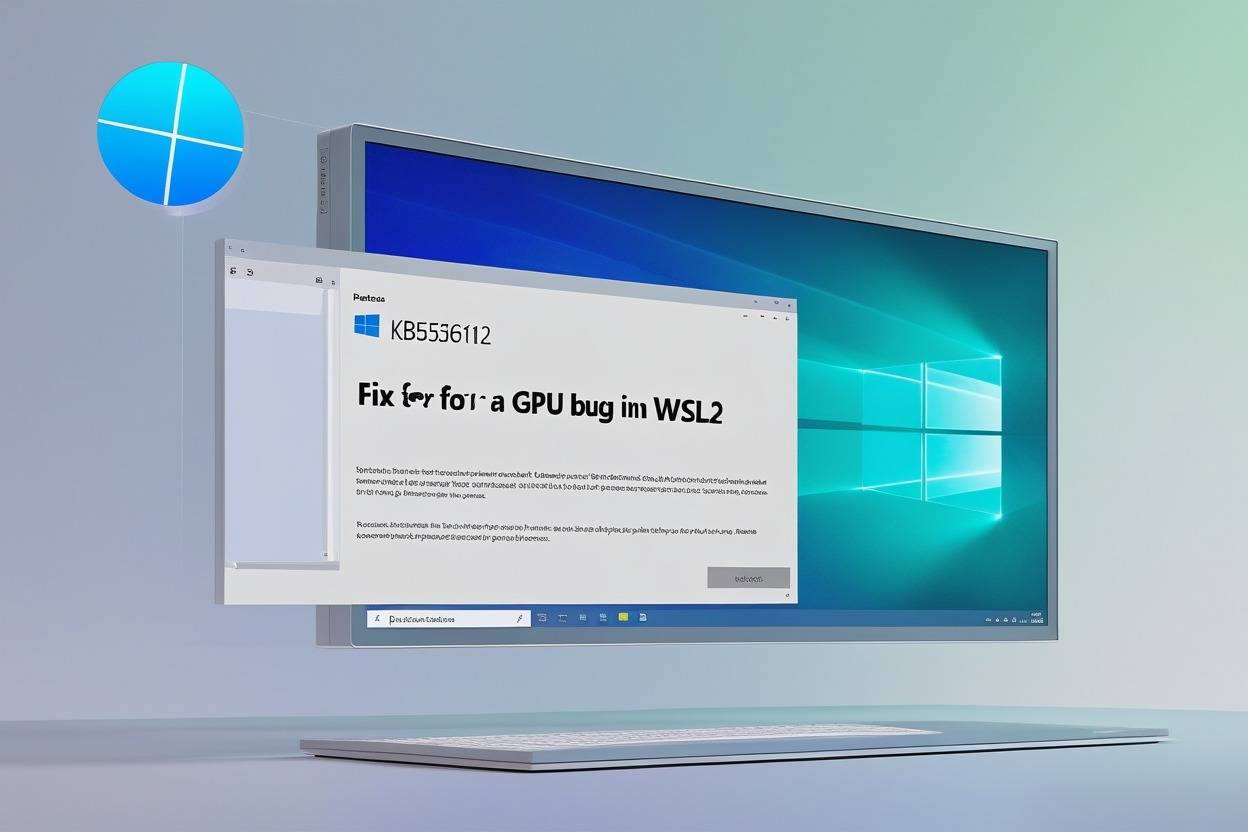Microsoft Confirms the Blue Screen of Death in the Windows 11 Update Scandal. What You Need to Do

Microsoft Confirms the Blue Screen of Death in the Windows 11 Update Scandal. What You Need to Do
April 2025: [Your Name]’s Tech Report
Users have reported the return of the infamous Blue Screen of Death (BSOD) as a result of Microsoft’s most recent Windows 11 update. The tech giant has acknowledged the problem in writing and linked it to a recent cumulative update that is affecting systems all over the world.
What Took Place?
The issues began shortly after the release of the most recent Windows 11 update (KBXXXXXX). Users began experiencing sudden system crashes, followed by the typical BSOD error, often accompanied by codes such as UNSUPPORTED_PROCESSOR or SYSTEM_THREAD_EXCEPTION_NOT_HANDLED.
Even though not all devices are affected, users of Intel 13th and 14th generation processors and some AMD Ryzen chips have reported a possible compatibility issue between the update and newer hardware.
Microsoft’s Reaction
Microsoft quickly responded by suspending the update for some devices and releasing the following statement:
“We are aware of a problem that may cause some Windows 11 devices to receive a Blue Screen error after installing the most recent update. We are actively investigating and working on a resolution.”
Additionally, the company has updated its Windows Health Dashboard, which now provides regular status updates and guidance.
What Should You Do?
The following steps should be taken if you have encountered or want to avoid the BSOD:
- Remove the Update (if affected)
Navigate to Settings > Windows Update > Update History.
Click Uninstall Updates.
Locate and remove the most recent cumulative update.
- Pause Windows Updates
Temporarily halt updates until Microsoft releases a fixed version.
In the Windows Update section of Settings, click Pause updates for one week (or longer).
- Use System Restore
If the BSOD prevents normal booting:
Start Advanced Startup Options by repeatedly turning the computer off and on.
Select Troubleshoot > System Restore, and roll back to a restore point prior to the update.
- Update BIOS and Drivers
Outdated chipset drivers or motherboard firmware may occasionally cause the issue.
Visit your manufacturer’s website for the latest BIOS and driver updates.
- Check the Microsoft Health Dashboard
Keep up with the latest updates and developments through the Windows Release Health page.



